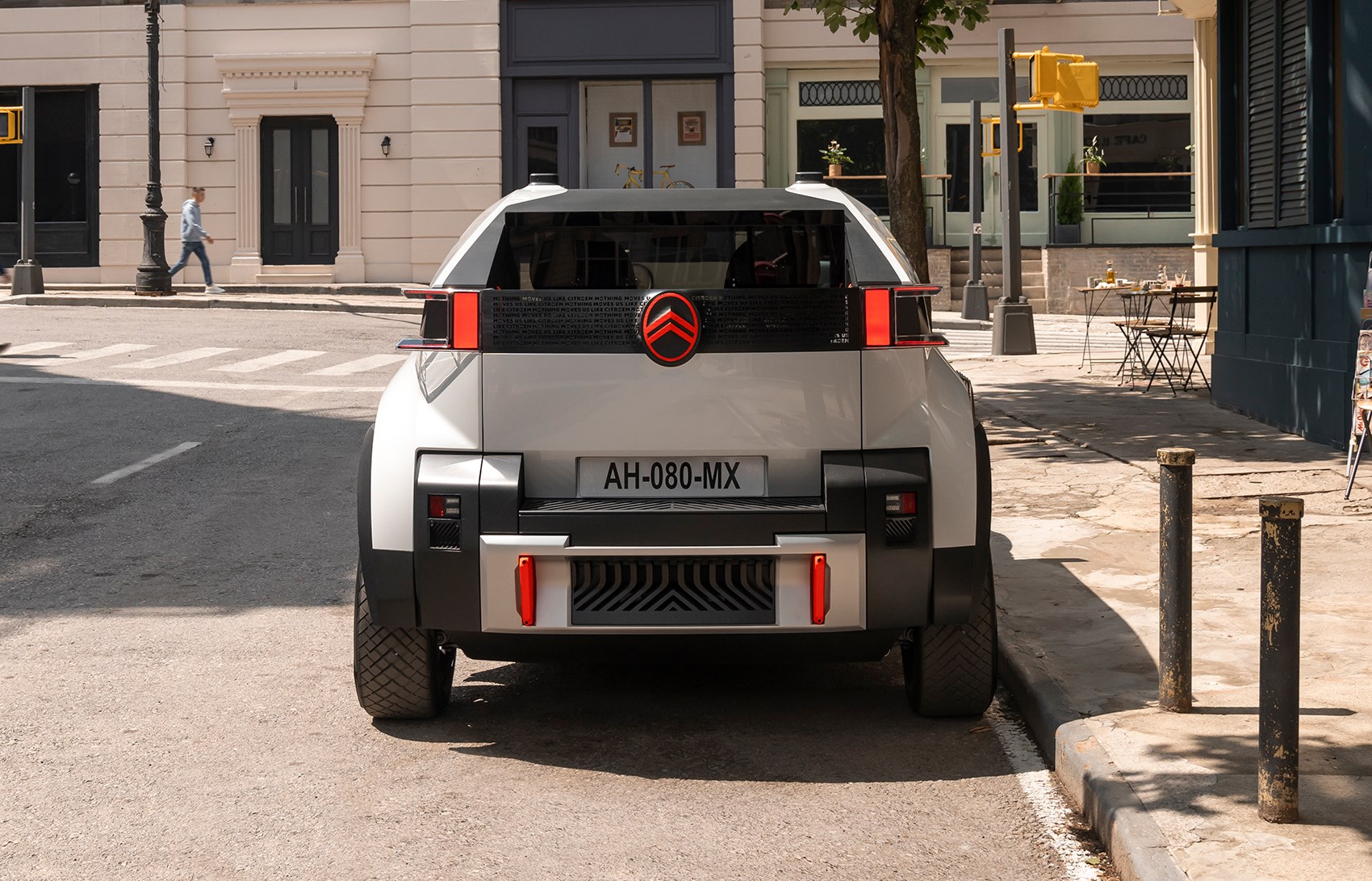Citroën made a concept car, “Oli”, inspired by the easy-imaginable future of a world that lacks resources. Its concept car uses cardboard for some car parts, which suppose to be made of steel. With this concept car, Citroën makes the future by waking the memories of the Trabant car from the past.
Anticipating resources shortage Citroën used specially reinforced cardboard to replace metal parts such as the car roof and hood. The cardboard is reinforced on both sides with a plastic honeycomb-like coating.
Imagine a future world starved of resources where carmakers have to resort to replacing the metal in your car’s roof and hood with cardboard. They say this reinforced cardboard is strong enough. It’s able to endure pressure without being deformed.
Citroën developed this concept car together with German chemical giant BASF.
As cheap as Trabant
This is a car that is cost-effective in every sense. Plastic-reinforced cardboard is cheaper than steel. Plus, the new model has a retro-designed vertical windscreen enabling “Oli” to use as less as possible glass. “Oli” weighs less than 1,000 kg and its speed limit is 110 kilometers per hour.
There are no extra parts that add a note of luxury. That means no central lock, no electric opening of the windows, and air-conditioning system. It has a simple dashboard using information from the driver’s mobile phone.
Oli is recyclable and easy to repair. Citroën designers say it can last at least three generations or some 50 years with occasional repairs and parts replacements.
Citroën concept car is like from the Soviet era
All in all, “Oli” looks like a kind of futuristic SUV inspired by reductions from the past Soviet era.
Some may remember that during the Soviet era, Eastern Germany produced a small two-stroke engine car called Trabant. People at that time believed the car was of reinforced cardboard. But, that was not true. The truth is it was of reinforced plastic, called duroplast. The reason was to use recycled materials to be cheap.
If someone from the older generations read this, probably can’t escape the thought of similarity. To add to this feeling, just to mention another fact.
Romanian carmaker Dacia, which is a cheaper version of the brand Renault, tried something similar. They invented the concept car named “Manifesto” unveiled this month.
Audi had their chance with the electric rickshaw.
So, less is more, and the future is past – whatever that means.

